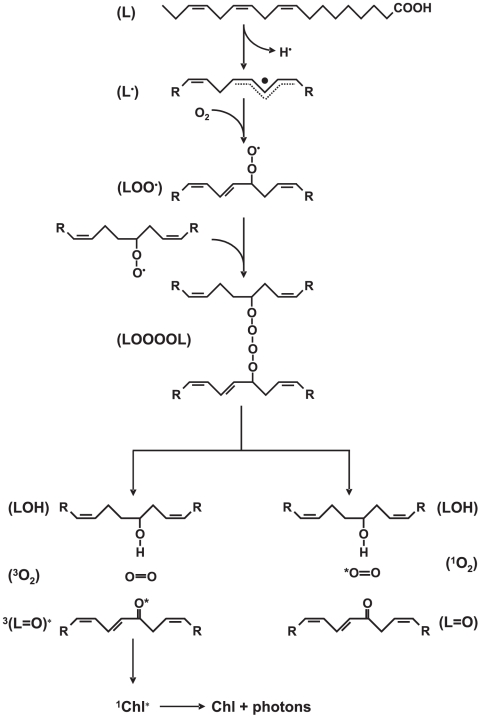Figure 6. Mechanism of generation of electronically excited species by oxidation of polyunsaturated fatty acids.
Abstraction of allylic hydrogen from polyunsaturated fatty acids (L) results in the formation of lipid alkyl radical (L•). Lipid alkyl radical reacts with molecular oxygen to generate a lipid peroxyl radical (LOO•). Peroxyl radical reacts with the adjacent peroxyl radical by the Russell-type mechanism forming carbonyl, molecular oxygen and lipid hydroxides (LOH). The carbonyls are formed either in the triplet excited (L = O*) or the ground (L = O) state, whereas molecular oxygen is correspondingly in the triplet ground state (3O2) or the singlet excited state (1O2). The excitation energy transfer from the triplet excited carbonyls to chlorophyll molecules results in the formation of singlet excited state of chlorophyll (1Chl*). An electronic transitions from the singlet excited state to the ground state of chlorophyll is accompanied by the emission of photons in the red region of the spectrum.

